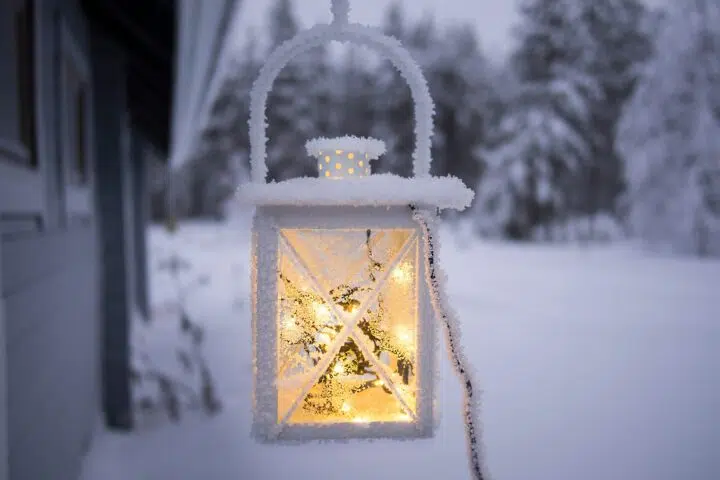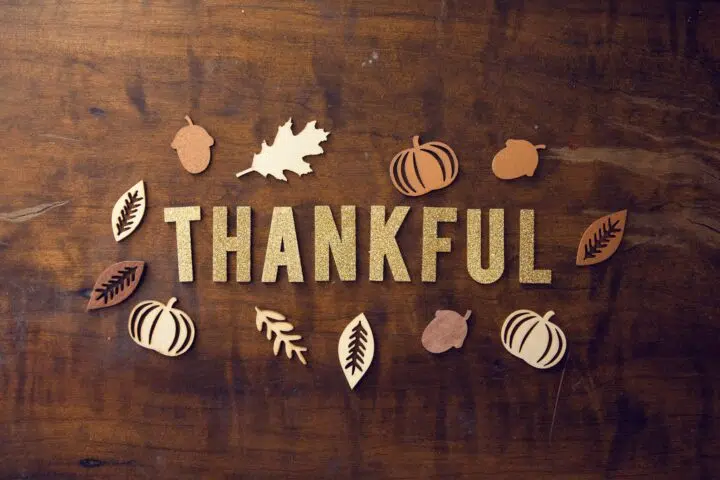Recently, I was listening to a young artist describe his approach to his work, and it all sounded so familiar. Emerging artists get caught up in the “romance” of their art. In their determination to be seen as “serious artists,” they embrace dark and heavy topics; they question whether drugs or alcohol will help them tap into deeper wells of creativity; they don the costumes of the “brooding artist;” and they beat themselves up for not having the “answers.”
If you came to your art later in life, maybe you didn’t go quite this far, but you probably still worried that people wouldn’t “get” your art. You wanted so desperately to connect.
At a certain point, though, something happens in an artist’s journey. You realize that this whole thing is a pull, not a push, as they say in marketing. You’re not pushing your art on the world hoping that people will like it and respond to it, you’re pulling people toward you who share a common interest or appreciation for the work you produce.
As artists are also humans. Which means we’ll experience ups and downs in our lives and careers, and the emotions that follow will make their way into our work. We’ll explore heartache and anger and frustration, but we’ll also explore love and joy and empathy.
You’ll know you’re a “serious artist” when you’re doing the work that feels best to you, work that gives you a sense of purpose, work that inspires you. You’ll know you’re serious when it becomes less about what you’re going through and more about what you’ve learned.
Edgar Allan Poe was a serious artist, but so is Jerry Seinfeld. Don’t let a stereotype define you. You don’t have to be a “tortured artist” in order to be good, you just have to embrace your gifts and trust where they take you.


